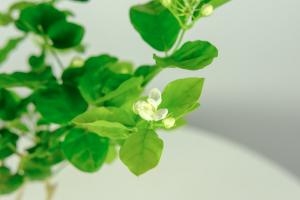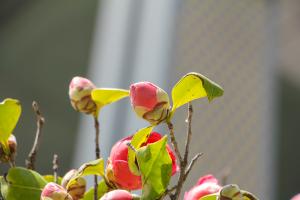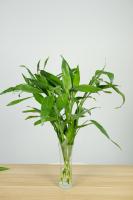What is the Difference Between Determinate and Indeterminate Tomato Plants?
Tomatoes are one of the most popular vegetables grown in gardens around the world. They are versatile and can be used in an endless array of dishes. However, not all tomato plants are created equal. Two types of tomato plants are determinate and indeterminate. While both types produce delicious fruits, there are some differences between them that gardeners need to be aware of.
Determinate Tomato Plants
Determinate tomato plants are smaller in size and have a predetermined height. They typically grow to around 3-4 feet tall before they stop growing upwards. These plants tend to produce their fruit all at once, making them ideal for canning or preserving. After the initial harvest, the plant will slowly stop producing fruit and eventually die off. Determinate tomato plants require less staking or support, as they don't get as tall as their indeterminate counterparts. They also tend to mature earlier, making them a great option for gardeners who want to harvest their crop sooner rather than later.
Indeterminate Tomato Plants
Indeterminate tomato plants are larger and grow continuously throughout the season. They can grow up to 6-8 feet tall and require staking or support to keep them from falling over. These plants tend to produce fruit all season long, giving gardeners a steady supply of tomatoes throughout the summer months. Indeterminate tomato plants have a longer harvest season than determinate varieties, making them a popular choice for gardeners who want to enjoy fresh tomatoes well into fall. They also tend to have a higher yield than determinate plants, making them a great option for those looking to get the most out of their garden.
The Pros and Cons of Each Type
Determinate tomatoes are a great option for gardeners who have limited space or who want to harvest their crop all at once. They require less maintenance and tend to mature earlier, allowing gardeners to enjoy their fruit sooner. However, since they produce all of their fruit at once, gardeners need to be prepared to can, preserve, or freeze their harvest to avoid waste.
Indeterminate tomatoes, on the other hand, are ideal for gardeners who have more space and want a steady supply of fresh tomatoes all season long. They tend to be higher yielding and have a longer harvest season, making them a more popular option for many gardeners. However, they require more maintenance, including staking or support and regular pruning to prevent them from becoming too tall and lanky.
In Conclusion
Whether you choose a determinate or indeterminate tomato plant ultimately comes down to personal preference and gardening goals. Both offer their own unique benefits and drawbacks, so it's important to choose the type that best suits your needs. Regardless of which type you choose, with proper care and attention, both determinate and indeterminate tomato plants will produce delicious and abundant fruit for you to enjoy all season long.

 how many times do yo...
how many times do yo... how many planted tre...
how many planted tre... how many pine trees ...
how many pine trees ... how many pecan trees...
how many pecan trees... how many plants comp...
how many plants comp... how many plants can ...
how many plants can ... how many plants and ...
how many plants and ... how many pepper plan...
how many pepper plan...































